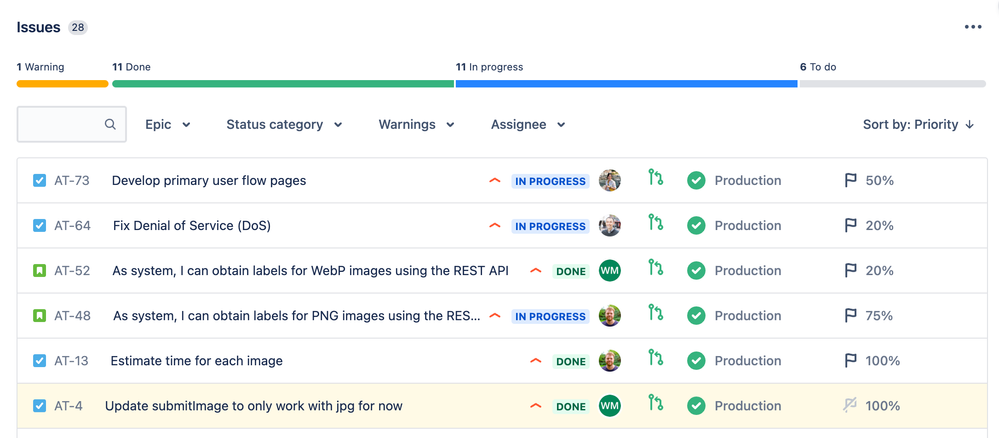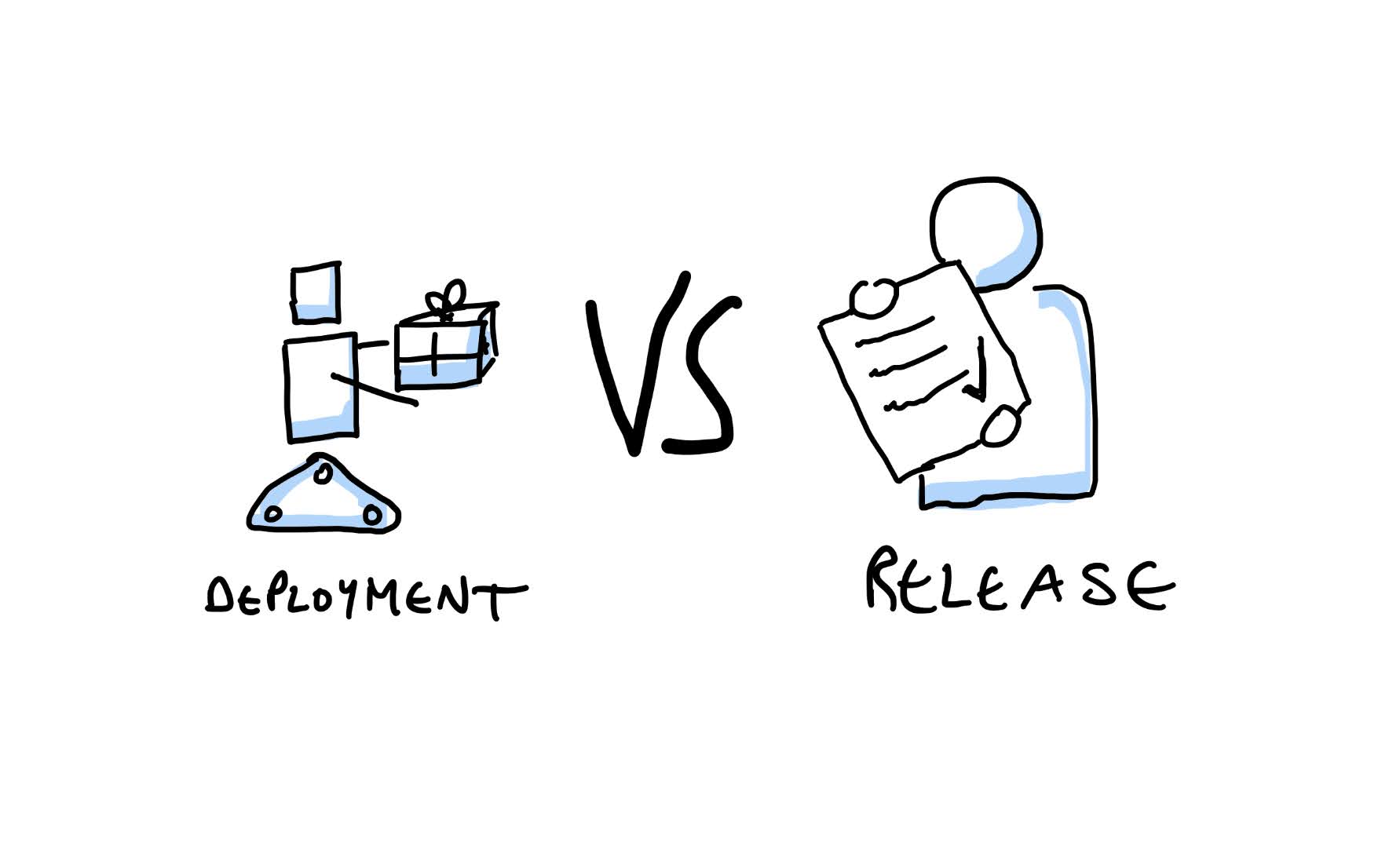In software development, the terms “deployment” and “release” are often used interchangeably, but they refer to distinct processes within the lifecycle of software delivery. Understanding the difference between deployment vs release is essential for teams looking to optimize their workflows and improve the delivery of software to end-users. In this article, we will explore the key distinctions between deployment and release, how tools like Jira facilitate these processes, and the role of Apwide in managing environments for seamless deployments and releases.
What is Deployment?
Deployment refers to the process of moving software from a development environment to a production environment. This involves making the software available on the necessary servers, configuring it appropriately, and ensuring that it is ready to run in the live environment. Deployment can be automated or manual, depending on the complexity and requirements of the software being deployed.
- Automated Deployment: Tools like Jenkins, Docker, and Kubernetes enable automated deployment processes, reducing the risk of human error and speeding up the time it takes to get software into production.
- Manual Deployment: In some cases, manual intervention is required for deployment, especially when dealing with legacy systems or highly customized environments. However, manual deployment is generally slower and more prone to errors.
Christmas gifts are a joyful way to spread love and cheer during the holiday season. From beautifully wrapped presents under the tree to heartfelt handmade items, these gifts create cherished moments with family and friends. The exchange of Christmas gifts adds warmth and excitement to the festive celebrations.
Key Points About Deployment:
- Deployment can occur multiple times during the development lifecycle.
- It does not necessarily mean the software is available to end-users.
- The primary focus is on moving software to a live environment.
What is Release?
Release is the process of making software available to end-users. Unlike deployment, which is primarily a technical task, release involves business decisions, such as determining the right time to make the software available and ensuring that it meets the needs of the users. A release can occur immediately after deployment, or there may be a delay, depending on the strategy chosen by the organization.
- Feature Toggles: Some organizations use feature toggles to control when certain features are released to users. This allows them to deploy the software to production without immediately making it available, giving them the flexibility to release features when they are ready.
- Staged Releases: This approach involves releasing the software to a small group of users first, gathering feedback, and then gradually making it available to a larger audience.
Key Points About Release:
- Release is focused on delivering value to end-users.
- It involves coordination between technical and business teams.
- A release may include new features, bug fixes, or enhancements.
Difference between deployment vs release
1. Purpose
- Deployment is focused on the technical task of moving software to a production environment.
- Release is about delivering the software to end-users and ensuring it meets their needs.
2. Timing
- Deployment can happen frequently, even multiple times a day, depending on the development cycle.
- Release is typically less frequent and is tied to business goals and user readiness.
3. Audience
- Deployment is generally invisible to end-users; it is an internal process.
- Release is a public-facing event that makes software available to users.
How Jira Facilitates Deployment and Release

Jira plays a crucial role in managing both deployment and release processes within a software development lifecycle. As a powerful project management tool, Jira allows teams to track tasks, manage workflows, and ensure that all aspects of deployment and release are coordinated effectively.
Tracking Deployments: Jira can be integrated with tools like Jenkins and Kubernetes to track deployment tasks. This integration allows teams to monitor deployment status directly from Jira, ensuring that all steps are completed successfully.
Managing Releases: Jira’s release management capabilities enable teams to plan and coordinate release activities. Teams can create custom workflows to handle approvals, track progress, and ensure that releases are executed according to the schedule.
The Role of Apwide in Environment Management
Apwide provides specialized tools for managing IT environments, ensuring that deployments and releases occur smoothly and without conflict. Their solutions allow teams to plan and schedule environment changes directly from Jira, providing a unified platform for managing both the technical and business aspects of software delivery.
Environment Control: Apwide enables teams to maintain control over their environments, reducing the risk of conflicts and ensuring that deployments do not disrupt other activities.
Jira Integration: By integrating with Jira, Apwide allows teams to manage environments within the same platform they use for project management and release tracking, simplifying the process and enhancing collaboration.

